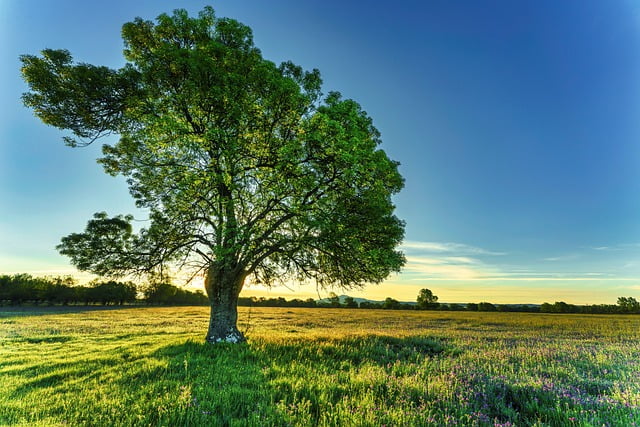In a world where air quality is a growing concern, the importance of trees cannot be overstated. Beyond their aesthetic appeal, trees play a crucial role in oxygen production. India, with its rich biodiversity, is home to several oxygen-generating trees that contribute significantly to the well-being of the environment. Let’s embark on a journey to explore the 10 Most Oxygen-Producing Trees in India.
1. Neem Tree
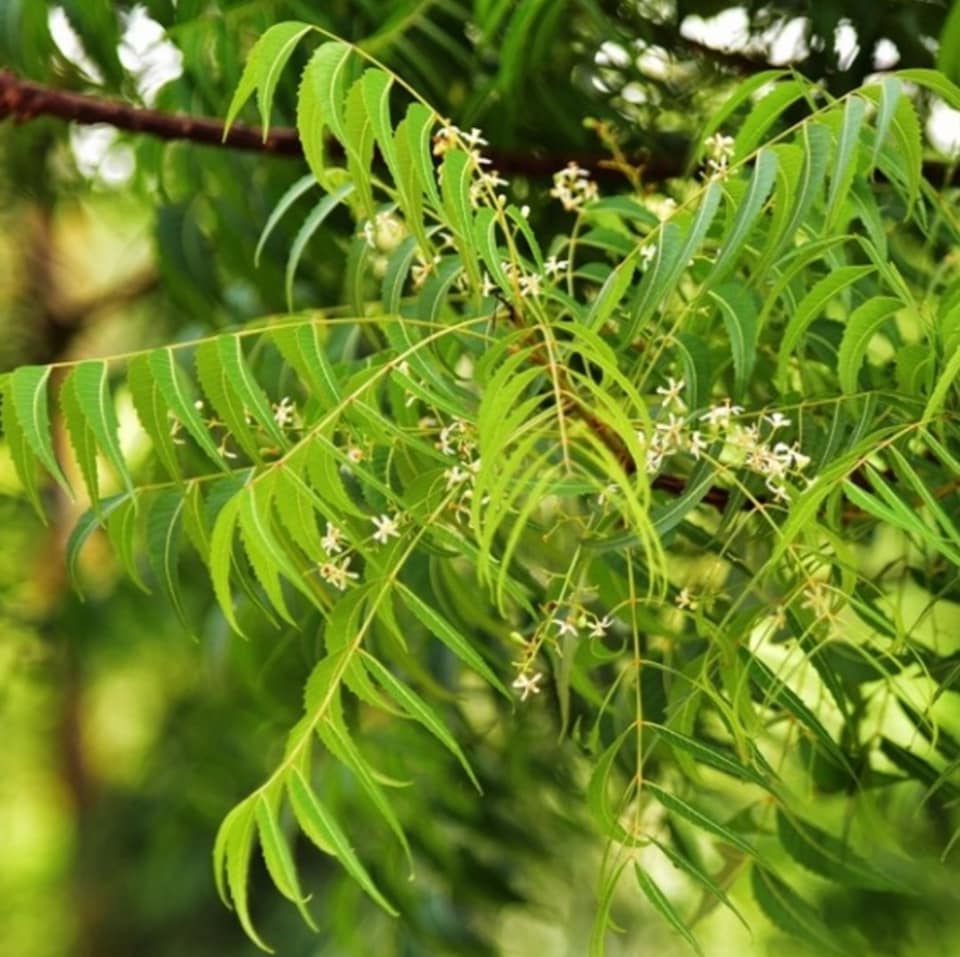
Known for its medicinal properties, the Neem tree is a powerful oxygen generator. Its ability to thrive in various climates makes it a common sight across the country. Neem is not only an oxygen powerhouse but also a natural air purifier.
2. Peepal Tree
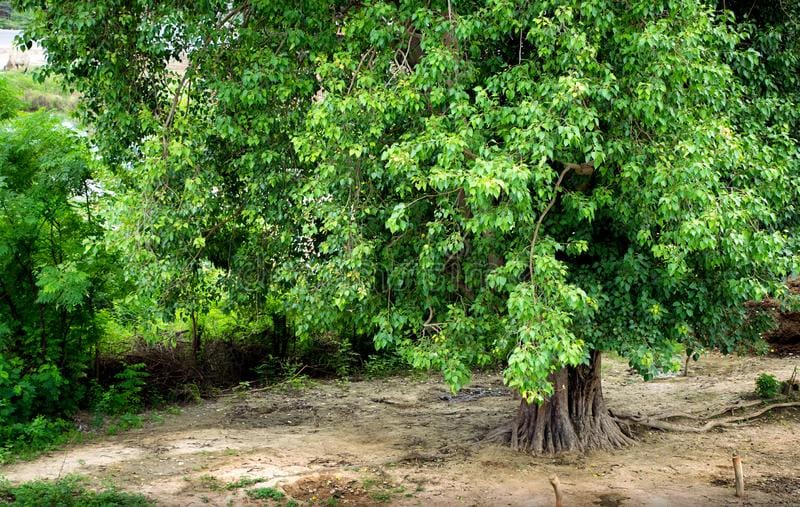
The sacred Peepal tree is not just revered for its cultural significance but also its oxygen-producing prowess. It releases oxygen both during the day and night, making it a unique contributor to improved air quality.
Read More: Top Plants to Plant at Home in India
3. Banyan Tree
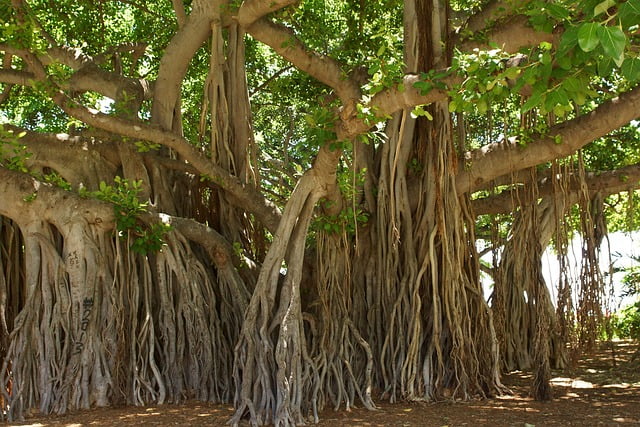
The majestic Banyan tree, widespread across India, stands as a colossal presence. Renowned for its air-purifying capabilities, it ranks among the top oxygen-producing trees in the nation. This resilient tree is easily cultivated and commonly graces parks, gardens, and roadside landscapes.
4. Ashoka Tree

Revered for its ornamental value and cultural significance, the Ashoka tree is also a notable oxygen provider. Its beautiful, evergreen foliage adds to the aesthetic appeal of landscapes.
5. Amla Tree
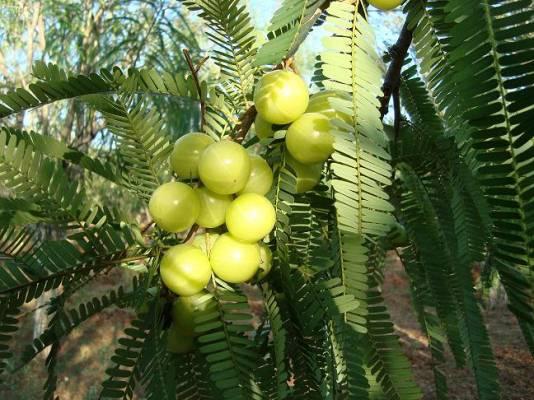
The Indian Gooseberry, or Amla, is a hardy tree that thrives in diverse conditions. Apart from its nutritional value, Amla trees contribute substantially to oxygen levels, making them valuable for the environment.
Read More: The 11 Most Sacred Rivers of India
6. Teak Tree
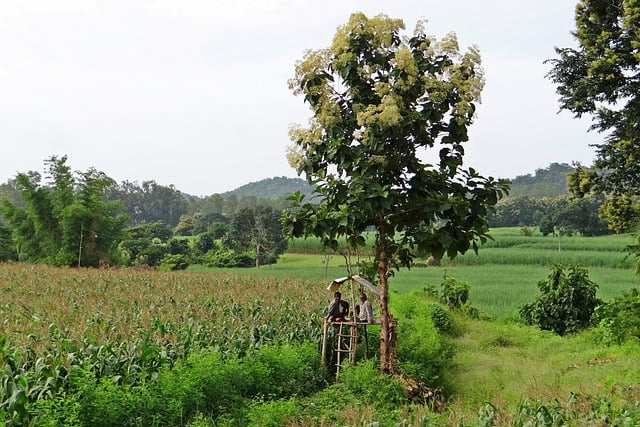
The teak tree is a large and beautiful tree that is native to India. Renowned for its valuable timber and recognized as one of the leading oxygen-producing trees in the country, the teak tree holds a prominent status. Its ease of cultivation is evident as it thrives in gardens, parks, and forests across the nation.
7. Jamun Tree
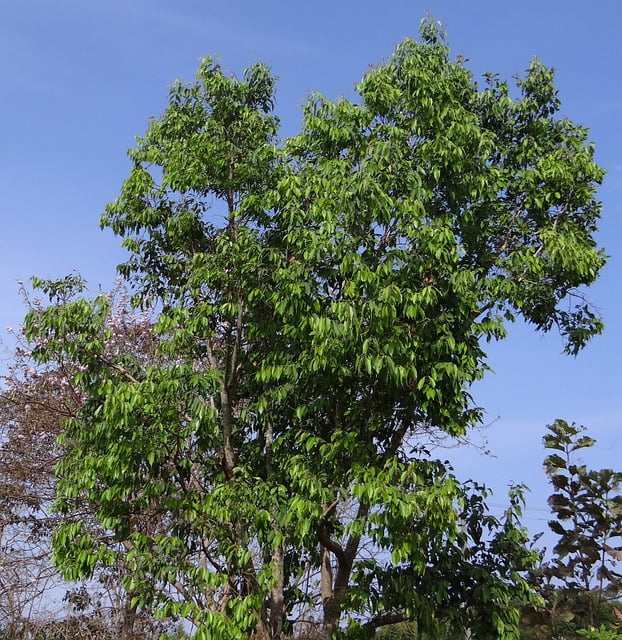
The Jamun tree is a medium-sized tree that is native to India. It is known for its delicious fruit and air-purifying properties. The jamun tree is easy to grow and is commonly found in parks and gardens.
Read More: Top Places To Visit In India With A View Above The Clouds
8. Mango Tree
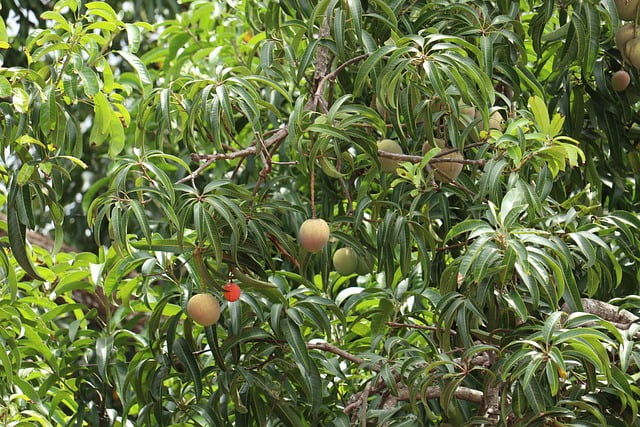
The mango tree is a large and beautiful tree that is native to India. Celebrated for its mouth-watering fruit and acknowledged for its air-purifying qualities, the mango tree stands out. This easily cultivable tree is a familiar sight in gardens and parks, adding both flavor and environmental benefits to these spaces.
9. Guava Tree
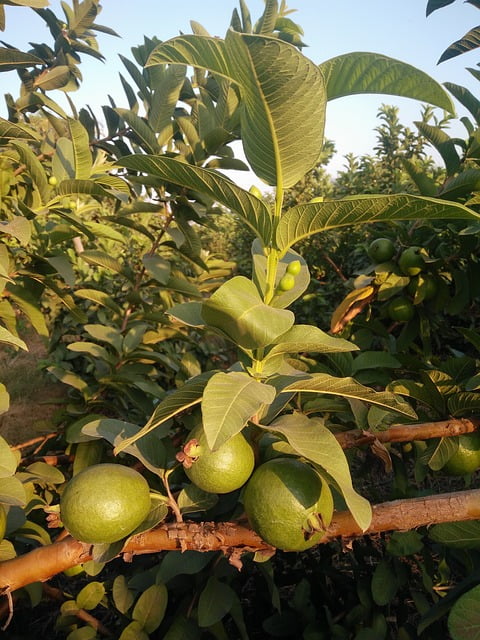
The guava tree is a small to medium-sized tree that is native to India. Renowned for its delectable fruit and recognized for its air-purifying qualities, the guava tree holds a special appeal. This easily cultivated tree is a frequent presence in gardens and parks, enhancing these spaces with both its flavorful yield and environmental benefits.
10. Pongamia Tree

The Pongamia tree, also known as the Indian beech, is a medium-sized tree that is native to India.
Celebrated for its medicinal properties and frequently utilized in Ayurvedic medicine, the Pongamia tree holds a special place. This easily cultivable tree is a common sight in gardens and parks, contributing to the natural beauty of these spaces.
Conclusion:
As we navigate the challenges of environmental conservation, understanding the role of trees in oxygen production becomes paramount. The diverse flora of India offers a rich tapestry of oxygen-producing trees, each contributing to the nation’s oxygen bank. Planting and preserving these trees is not just a step towards a greener environment but a commitment to the well-being of the planet and future generations.
